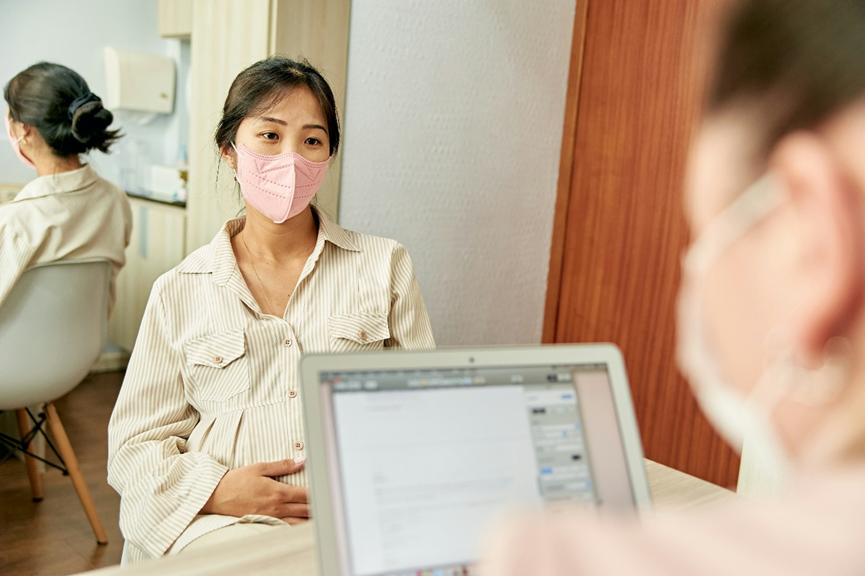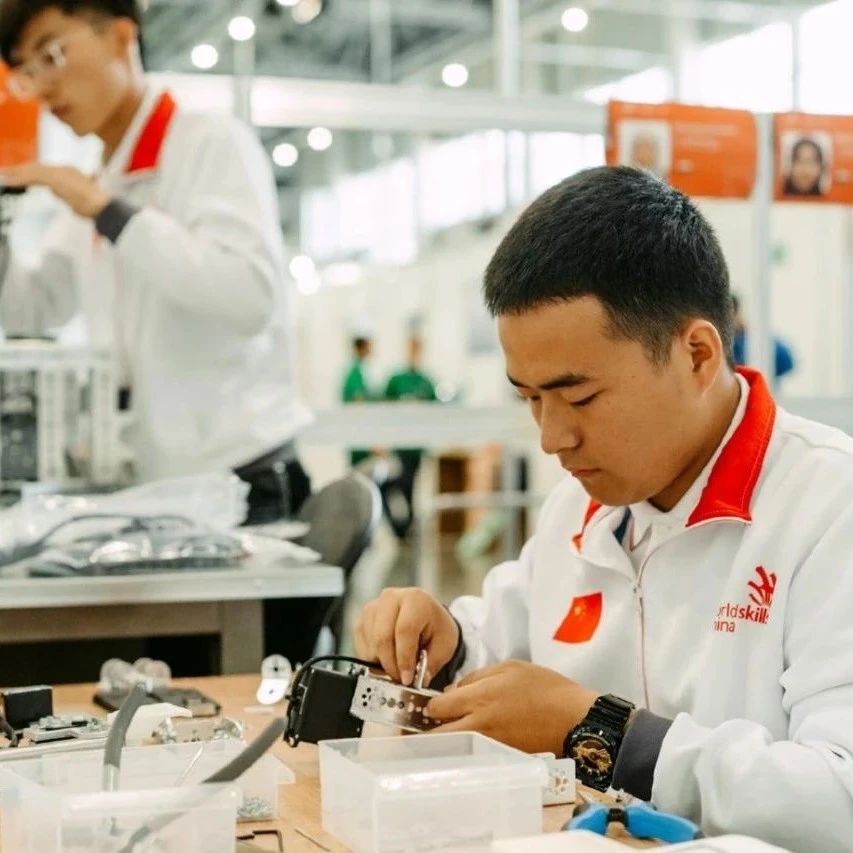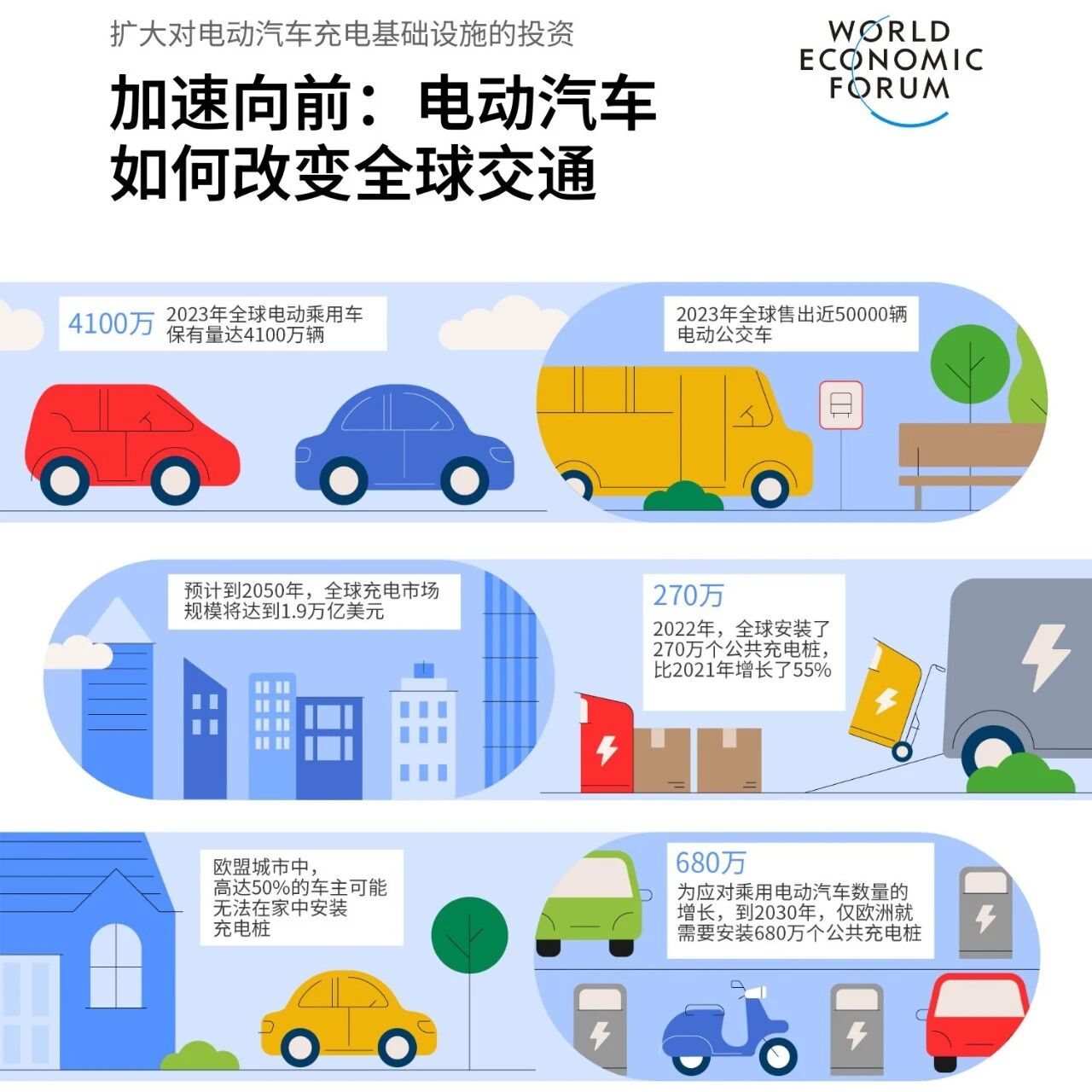

Targeted policies can address gaps in women's health research.
Image source:Unsplash/Natalia Blauth
Cao Wenkai
President of the U.S. National Academy of Medicine
Paula Bellostas Muguerza
Kearney Senior Partner and Global Head of Healthcare
Although women have higher rates of healthcare utilization, systematic research on their health remains inadequate.
A lack of gender-specific data can pose serious health risks.
Targeted policies and research reforms can help bridge the gender health gap.
Today, the medical information on which healthcare relies— including so-called effective treatments for women's health conditions—is largely based on male biological characteristics. Yet, globally, more women than men receive clinical care.
This is precisely the core paradox of women’s health research: despite women using health services more frequently, their unique health needs remain underexplored and inadequately addressed. This disconnect leaves many women grappling with significant physical and societal burdens throughout their lives.
Although women live, on average, five years longer than men, they spend their lives in poorer health or facingTo some extentHowever, women spend 25% more time living with disabilities than men.
Persistent gaps in the field of women’s health research and innovation continue to hinder progress in building global resilience. Closing this gap could add seven healthy days to each woman’s life annually—and is projected to further extend that benefit by adding even more healthy years by 2040.Up to $1 trillionGlobal gross domestic product.
Setting aside economic factors, the real victory in closing the gender health gap lies in the sustained improvement of women’s health and well-being worldwide. The need for change is self-evident—and it’s more urgent than ever.
The Global Alliance for Women’s Health, in partnership with Kearney Consulting and the Gates Foundation, has released aWhite Paper, calling for policy reforms to drive innovation and inclusivity in the field of women's health, including enhancing the representativeness of clinical research.
"We must stop treating women’s health issues as mere concerns of a single body part—and instead recognize that women’s health is a holistic issue that spans their entire lives, affecting their whole body."
Anna Bode
Head of Healthcare and Life Sciences at Kearney Consulting
Ongoing underrepresentation
Women’s bodies differ fundamentally from men’s, exhibiting unique characteristics in terms of organs, genes, hormones, and other physiological processes. These differences often lead to women experiencing distinct symptoms and higher disease prevalence compared to men when it comes to many illnesses. Yet, research specifically addressing these gender-based disparities remains severely lacking.
The data clearly show:Only 7%Medical research focuses specifically on diseases that affect women. Although there has been some progress over the past 30 years—particularly in improving women’s representation in clinical trials—the critical gaps still remain.
This issue was particularly evident in early clinical trials, potentially leading to inaccurate dosing and compromising both safety and efficacy—especially critical in vital therapeutic areas such as cardiology and oncology.
Pregnant and breastfeeding women face greater risks. Currently,Only 5%The available medications have been thoroughly tested, monitored, and labeled with relevant safety information for use during pregnancy and breastfeeding.
Therefore, women with chronic conditions often face a difficult dilemma: either risk using unapproved medications during pregnancy or discontinue their treatment—neither of which is an ideal choice.
“Generating data that accurately represents the patient population is critical for making evidence-based decisions. We are committed to ensuring that clinical studies reflect the diversity of the target populations they serve, ultimately improving treatment outcomes for everyone.”
Alison Cave
Chief Safety Officer of the UK Medicines and Healthcare products Regulatory Agency
Additionally, published clinical trials often lack gender-specific data. For instance, only 7% of migraine trials and 17% of ischemic heart disease trials have reported such data.Gender-specific outcomesThis data gap undermines the ability to design effective, targeted interventions that truly reflect women’s unique experiences of illness.
The gender gap in health research has far-reaching implications, affecting women worldwide in terms of diagnosis, treatment, and ultimately, their health outcomes.
From endometriosis and menopause to cardiovascular diseases, autoimmune disorders, and dementia, women face health challenges that are broader and more complex than currently acknowledged by clinical research.
Insufficient research leads to a poor understanding of diseases and inappropriate treatments, sometimes even putting women at risk. For instance, studies show that, in women, drugs are 3.5 times more likely to be withdrawn due to safety concerns compared to men.
Since 2000, women have reported more adverse events than men in the U.S.52%
"Advancing research on women's health is inherently an essential component of driving scientific progress. By prioritizing and studying women's unique biological differences, we can push the boundaries of knowledge in ways that benefit everyone."
Emily Fitzgerald
Head of the World Economic Forum's Women's Health Initiative
Five Key Levers to Narrow the Gap in Women's Health Research
The alliance releases a new white paper"Prescription for Change: Policy Recommendations for Women's Health Research"(Prescription for Change: Policy Recommendations for Women’s Health Research) outlines a strategic roadmap to narrow the gaps in women’s health research and offers practical policy recommendations designed to foster coordinated action.
1. Unleashing the innovative potential in women's health
Regulatory reforms—such as priority review vouchers—combined with fiscal incentives like tax credits, research funding, and public-private partnership investment matching, can encourage stakeholders to invest in women’s health, thereby driving innovation.
Reimagining pricing and reimbursement models can also attract investment and help bridge the funding gap.
2. Increasing the participation of women in clinical trials
Ensuring women are adequately represented in clinical trials is a top priority for improving health outcomes for women. To guarantee that new therapies are both safe and effective for women, increasing their participation is crucial—particularly in early-stage clinical trials and in key therapeutic areas such as cardiology and oncology.
Enhancing the representation of underrepresented groups is also critical, including women of color and post-menopausal women. The document also proposes a maternal research framework, recommending that pregnant and breastfeeding women be authorized to participate in clinical trials whenever feasible, along with offering targeted incentives for such studies.
Enhancing inclusivity awareness among regulatory bodies and clinical trial staff, along with optimizing inclusive clinical trial designs, can accelerate the coordination of efforts across stakeholders and help achieve shared goals.
3. Enhancing Gender-Specific Analysis of Clinical Trial Data
Standardized data collection, consistent terminology, and gender-specific benefit-risk assessments are essential for better identifying unique gender-specific effects. Adopting flexible analytical approaches and fostering global data sharing can help extract meaningful insights even from smaller or more limited datasets.
4. Designing Women-Centric Clinical Trials
Education for researchers, developers, clinical trial staff, and patients—and improving access to clinical trials, particularly for women in underserved populations—are critical to advancing women’s health research. Additionally, the design of clinical trials must account for sex-based biological differences that influence treatment responses and disease progression.
5. Deepen the understanding of gender-specific differences
Clinical guidelines, drug labels, and patient information leaflets should reflect gender-specific safety and efficacy data. Scientific journals should also adopt and implement the SAGER (Standards for Reporting of Gender-related Analysis in Research) reporting guidelines to enhance transparency in published studies and strengthen accountability mechanisms.
Change is possible.
By advancing these five policy levers, we can fundamentally reshape clinical research to better reflect the critical physiological differences between men and women—ultimately enabling healthier outcomes for everyone. We know that this kind of transformation is achievable.
Over the past two decades, there have been notable advancements in the fields of rare diseases and pediatrics, where targeted interventions and incentive mechanisms have fundamentally transformed treatment outcomes.
It's time to channel the same ambitious spirit into the field of women's health. The government,Paying PartyResearchers, sponsors, regulators, and healthcare leaders must come together to address the structural drivers behind gaps in women’s health research. Only through fundamental, coordinated, and multi-stakeholder actions across the entire health ecosystem can we achieve truly meaningful change.
The Global Women’s Health Alliance of the World Economic Forum aims to unite these stakeholders in jointly advancing a robust, safe, and inclusive scientific vision. The alliance is committed to driving the structural changes needed for clinical research, ensuring that innovation effectively addresses women’s diverse needs, preferences, and lifestyles.

The above content solely represents the author's personal views.This article is translated from the World Economic Forum's Agenda blog; the Chinese version is for reference purposes only.Feel free to share this in your WeChat Moments; please leave a comment at the end of the post or on our official account if you’d like to republish.
Translated by: Sun Qian | Edited by: Wan Ruxin
The World Economic Forum is an independent and neutral platform dedicated to bringing together diverse perspectives to discuss critical global, regional, and industry-specific issues.
Follow us on Weibo, WeChat Video Accounts, Douyin, and Xiaohongshu!
"World Economic Forum"


